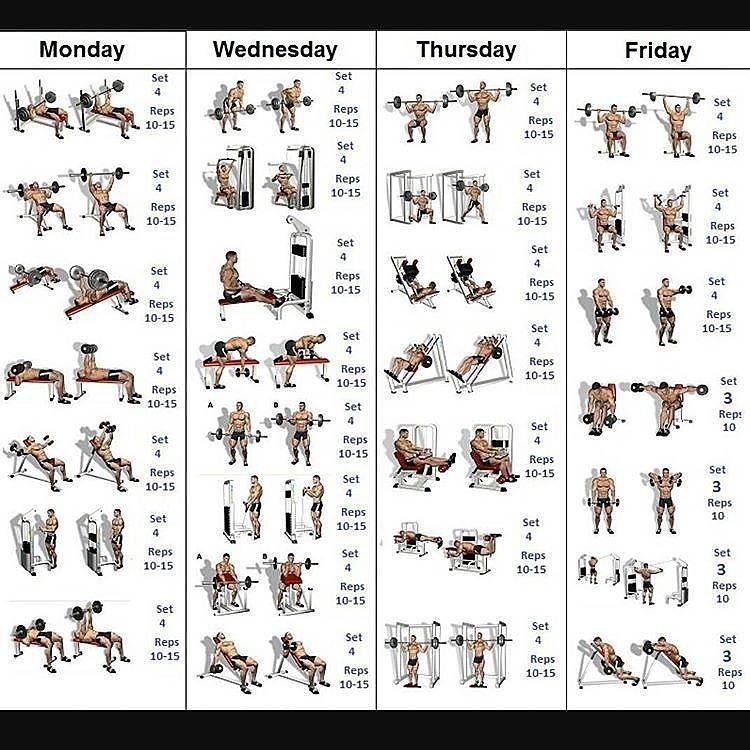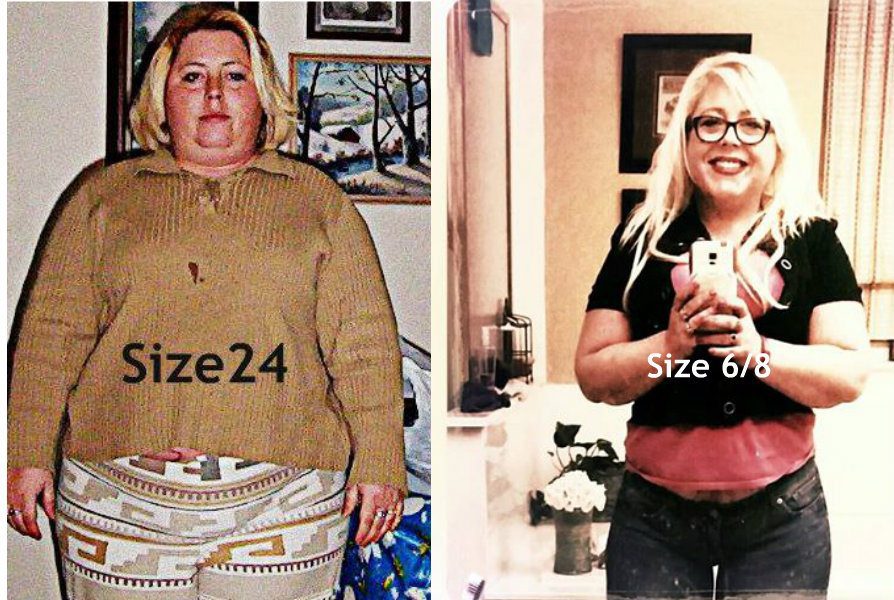
Six-Small-Meals has many benefits. It promotes healthy calories and weight loss. By eating smaller meals, you will get more nutrients, save time and build muscle. The six-meal plan is a good alternative to three large meals, as it keeps your body full for a longer period of time. Continue reading for more information.
Six-Small-Meals plan encourages healthy calories
A popular diet strategy to lose weight is the Six-Small-Meals plan. The plan focuses on smaller, wholesome meals to burn fat and build muscle. This diet encourages the consumption of lean protein, fiber-rich vegetables, and a reduction in complex carbs. While this diet may not be suitable for everyone it has been beneficial to many body builders and fitness competitors.
The small meals strategy is based on the idea that eating six small meals daily is the key to losing weight. This strategy does not encourage intermittent fasting which could lead to a state of deprivation. Intermittent Fasting, by contrast, is a low calorie diet with minimal calories. It is recommended to avoid processed and fatty foods. To aid digestion and speed up weight reduction, it is important to drink lots of water.

It's more than three large meals
Research on the benefits to weight loss from a six-meal-aday diet suggests that it is more effective to eat smaller meals and eat less often. Eating more often helps to maintain blood sugar levels and metabolism, which can help control weight. But frequent snacking might not be enough to lose weight. Studies show that eating less often can cause increased hunger, which in turn can lead to a greater tendency to gain weight. The results of these studies are mixed, but the six-meal diet has been shown to be superior to three large meals a day.
A study of 27 overweight or obese men was done in 2010. Randomly, the men were given one of two diets. One high protein, one lower protein and one with low protein. Additionally, they were randomly assigned to three to six meals daily. The combination of these strategies resulted in increased levels of leptin (satiety hormone) and peripheral circadian rhythms. They also experienced increased stress resistance.
It saves time
Six meals per day is a great way to lose weight. The time taken to prepare meals can be reduced by eating six meals instead three. Protein shakes that include yogurt, fruit and protein powder count as a meal. Other ingredients, such as flax seeds or wheat germ, may be added to these protein shakes. You can also consume protein shakes between meals.
It is well-documented that a 6-meal-aday diet for weight loss can have many benefits. It has been shown to stabilize blood sugar levels and improve appetite control. Although it can be difficult for someone to stick to a long list of meals, it is possible. It saves time and prevents the temptation to skip a meal.

It helps build muscle
For muscle building, a six-meal per-day meal plan works well. It includes a lot of protein, and is low in carbohydrates. It also features plenty of antioxidant-rich foods, which improve blood vessel health and fight inflammation, which accelerates cell aging. Many people prefer to exercise in the mornings. However, the 6 meals per day weight loss plan helps build muscle.
A typical skinny person needs 174g in protein, 325g of complex carbs, 52g health fats, 6 portions of fresh fruits or vegetables per day. The macronutrient quota for a 130lb guy is divided over six meals. Important to remember is that protein is the key macronutrient needed for muscle building. Every day, you must ensure that your macronutrient intake is correct.
FAQ
What Weight Loss Can You Expect In One Week?
The amount of weight that you can lose will depend on how high your body fat percentage is. It is important to first calculate how much weight you wish to lose. Then, determine your BMI. Your BMI is a measure of how much weight you need to lose. If your BMI is 25 or greater, you're overweight. If your BMI is more than 30, you are obese.
Your BMI is calculated at 28.7 if your weight is 200. To get to a healthy weight range, you'd need 70 pounds of weight loss. To see if you're overweight, visit www.healthyminds.com/bmi/.
Once you know your BMI, this formula will allow you to determine how many pounds per week you'll be able to lose.
(Your Goal Weight - Current Weight)/BMI * 7 Number Of Pounds Lost Per Week
For 50 pounds to be lost in one month, it would take 2 weeks of exercise. 56 days is equivalent to 7 pounds per day. This works out to 8.3 lbs per week.
You could also try this calculator from www.weightlosscalculator.net. It will provide an approximate amount of calories that you would need daily to lose one pound per month.
Can I eat fruit while on intermittent fasting
Fruits are great for your health. They are rich in vitamins, minerals and fiber. They also contain sugar, which can lead to blood glucose levels rising. This can lead to insulin resistance, weight gain, and even diabetes. When you are trying to lose weight on an IF diet, make sure you eat low glycemic fruit such as apples, pears or berries.
What is the best way to exercise when you are busy?
Exercise at home is the best method to stay fit. You do not need to join a gym. You can do simple exercises at-home without having to purchase expensive equipment.
You will need a pair, mat, chair, timer, and some dumbbells.
You must be consistent with your training. If you miss a few days, then you may lose all motivation.
Three times per week is a good way to begin. This could include push-ups/pullups/squats/lunges, pushups/pullups, dips/curls, and so on.
Once you have mastered the basic movements, it is possible to move on to other types such as running and jumping rope, skipping or yoga, Pilates, dance, swimming, weight lifting, tennis, golf, playing basketball, soccer, volleyball, badminton or squash.
Remember to pick the program that best suits your lifestyle when choosing an exercise program. Exercises that take too much energy, for example, might not be a good fit for someone who works long hours.
If you are a night person, it's a good idea to work out during the evening rather that in the morning.
Remember to listen to your body and stop when you feel tired.
Statistics
- According to a study sponsored by the American Council on Exercise, a person weighing around 140 pounds (64 kg) would burn 108 calories at a 30-minute beginner's Pilates class or 168 calories at an advanced class of the same duration (26). (healthline.com)
- Among women, the increase in metabolic rate was nearly 4%, or 50 more calories per day (14Trusted Source (healthline.com)
- One study in 9 active men found that HIIT burned 25–30% more calories per minute than other types of exercises, including weight training, cycling, and running on a treadmill (18Trusted Source (healthline.com)
- According to Harvard Health, it's estimated that a 155-pound (70-kg) person burns roughly 112 calories per 30 minutes of weight training (5). (healthline.com)
External Links
How To
How to lose weight fast and not need to exercise
Fast weight loss is possible by eating fewer calories than you burn. This will allow your body to begin burning stored fat for energy. Your body will reduce the amount of calories you eat and begin to use that energy to make muscle tissue, leading to some muscle reduction. Although you can lose weight even if you aren't working out, it's likely that you'll lose more muscle mass.
To lose weight quickly and without exercising, you need to cut down on your calorie intake. People believe they must reduce their food intake to lose fat. This is false. When you're trying to lose weight, you want to make sure you're eating fewer calories than you're burning. How much food should you eat each day? It all depends upon what type of activity you engage daily. A runner who walks three miles each day would only need about 2,500 calories per week. An individual who works all day at a desk would consume around 1,600 calories each day. An individual who exercises, like lifting weights, would consume around 2,000 calories each day.
If you are trying to lose weight, you should try to reduce your caloric intake. Many people believe they should consume less food, as they feel they are starving. This is not true. Your body doesn’t care what you eat; it wants to function properly. In order to lose extra weight, it is essential that you keep track of how many calories you consume. You can monitor your calorie intake with many online apps. MyFitnessPal is one of the most popular apps.